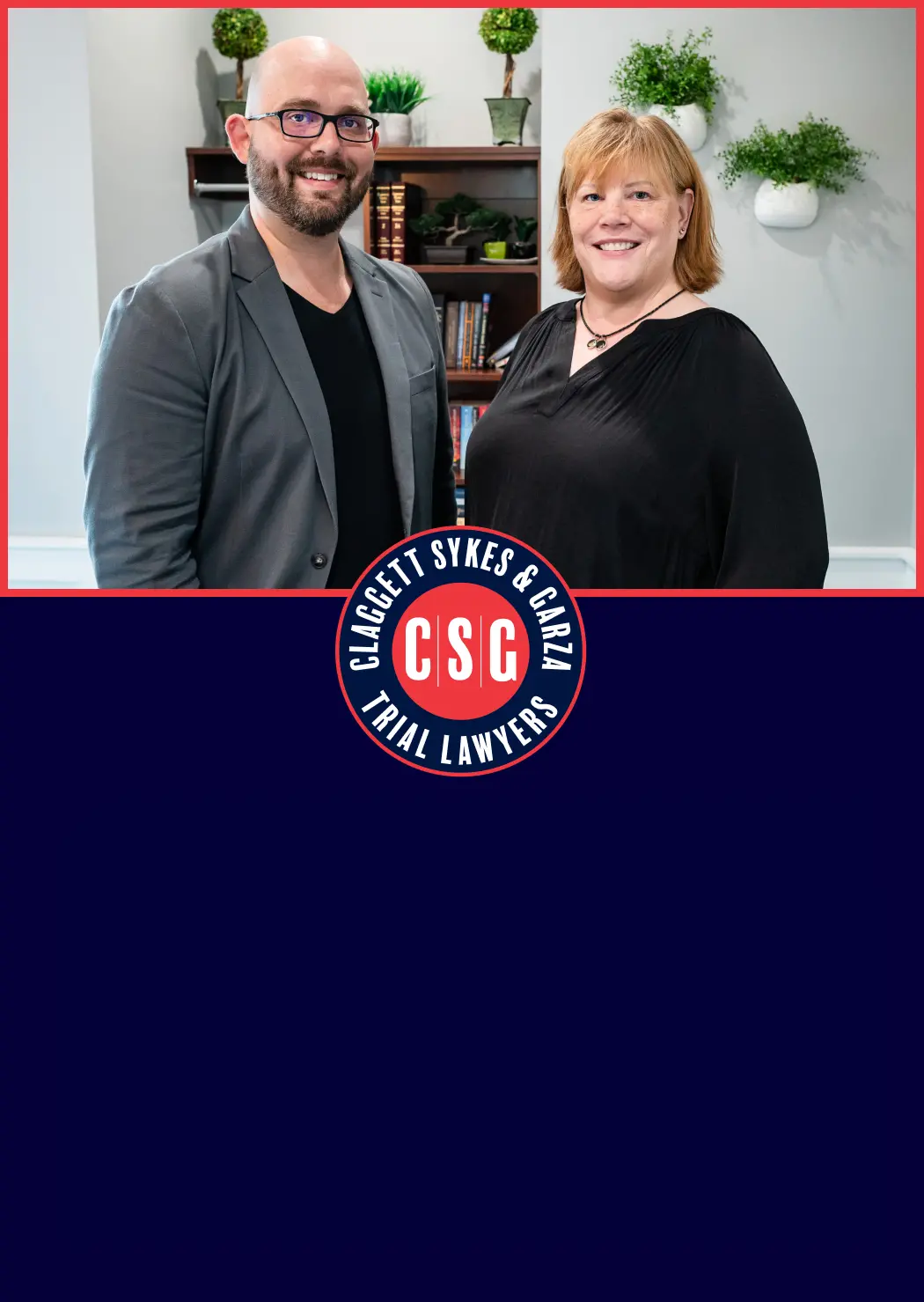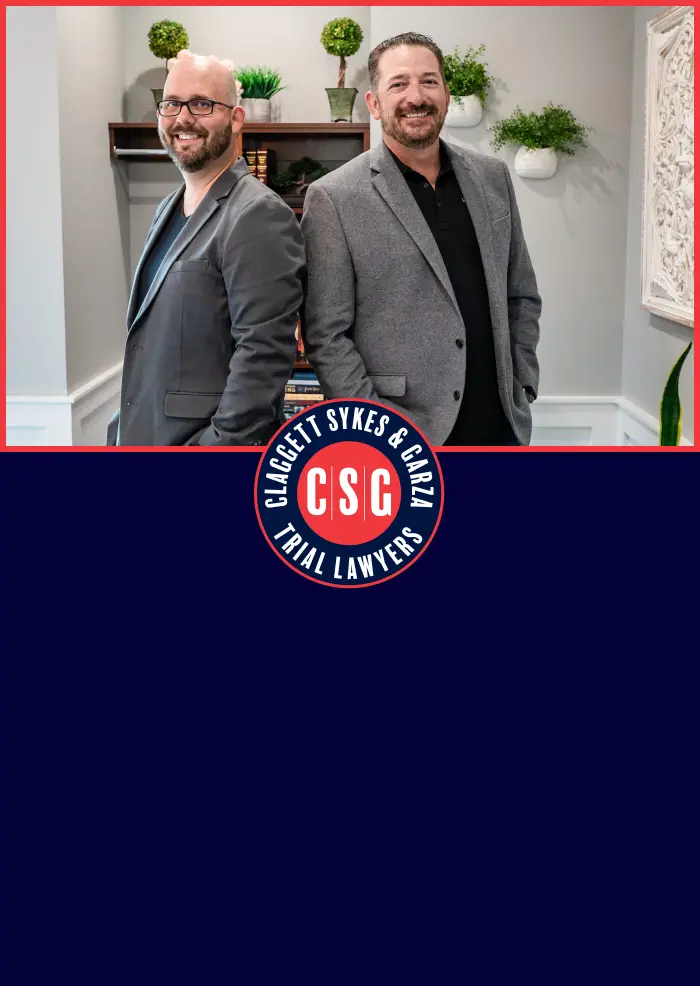
Medical malpractice is when a healthcare professional fails to meet the accepted standard of care in their field and causes injury or harm to a patient. The accepted standard of care refers to what a reasonably competent professional would have done in similar situations.
If you have experienced medical malpractice, you may have the right to file a personal injury claim against the healthcare provider, the medical facility, or both. A successful claim can help you recover damages such as medical expenses, lost wages, and pain and suffering.
A Connecticut medical malpractice lawyer can file your claim, investigate your case, assess your damages, and help you get the compensation you deserve. Our team has recovered over $1.5 billion in verdicts and settlements. Call today to schedule a free case review.
Medical Malpractice Vs. Medical Negligence
Medical negligence and medical malpractice are closely related but different concepts in healthcare law. Negligence is a careless action, whereas malpractice is negligence that causes injury and meets the legal criteria for a claim.
Medical negligence refers to an unintentional mistake or negligent act by a healthcare provider that falls below the accepted standard of care. It does not necessarily cause harm, but it shows a failure to act as a reasonably competent provider would under similar circumstances.
Medical malpractice occurs when a negligent act results in injury or harm to a patient. It is a legal claim often handled by personal injury lawyers, and it requires proof of four elements: duty of care, breach of that duty, causation, and damages.

Get the Compensation You Deserve. Our Experienced Lawyers Can Help.
The Four Elements of Medical Malpractice
Malpractice claims often need expert testimony, detailed documentation, and legal support to succeed. To win a medical malpractice case, your attorney must establish four elements. These are:
Duty of Care
The healthcare provider had a legal duty of care to the patient. To prove this, the patient must demonstrate that a provider-patient relationship existed. Once the relationship is confirmed, the provider is legally required to provide care that meets accepted medical standards.
Breach of Duty
A breach happens when the healthcare provider fails to meet the standard of care that a reasonably skilled colleague would provide in similar situations. This isn’t about guaranteeing a perfect outcome, but about proving the provider acted below the accepted level of competence in their field.
Causation
Your attorney must prove that the breach of duty directly caused your injury or worsened your condition. This is often the most difficult part of a malpractice case. There must be a clear link between the provider’s action (or inaction) and the harm you suffered.
Actual Damages
Your personal injury lawyer must demonstrate that you suffered actual, measurable harm as a result of the provider’s negligence. This includes physical injuries, emotional trauma, or hardship. Without provable damages, even if negligence occurred, a case is hard to prove.
Types of Medical Malpractice
Medical malpractice occurs when a medical professional causes you harm by failing to meet the standards of care in their field. Some of the most common types of malpractice we see are:
- Misdiagnosis or Delayed Diagnosis: When a doctor fails to diagnose a condition correctly or in time, it can lead to delayed or incorrect treatment.
- Surgical Errors: Mistakes made during surgery, such as operating on the wrong site, leaving tools inside the body, or performing unnecessary procedures.
- Medication Errors: Administering the wrong medication or dose, or failing to advise of drug interactions or allergies.
- Birth Injuries: Mistakes occurring during pregnancy, labor, or delivery that cause harm to the baby or mother.
- Anesthesia Errors: Mistakes in anesthesia dosage or monitoring, or neglecting to check for allergies or conditions.
- Failure to Treat: When a doctor properly diagnoses a condition, but does not provide sufficient treatment, follow-up, or referrals, which leads to the condition worsening.
- Informed Consent Issues: Failing to inform patients of risks, benefits, or options before treatment. If the patient wasn’t fully informed and damage occurs, it might be considered malpractice.
- General Negligence: Negligent actions by hospital management that cause harm to patients, such as poor sanitation, understaffing, or untrained personnel.

Let Us Fight for Your Rights and Maximize Your Compensation.
Statute of Limitations for Medical Malpractice in Connecticut
According to Section 52-555 of Connecticut law about medical malpractice, the statute of limitations for claims is generally two years from the date the injury is discovered or should have been discovered.
However, there is an absolute deadline called a statute of repose. This states that no claim can be filed more than three years after the alleged negligent act, regardless of when the injury was found.
For minors, the deadline is extended until they turn 20 years old. If the injured person is mentally incapacitated, the time limit may be paused until they regain capacity.

Experienced Personal Injury Lawyers Ready to Assist You.
Get Help With Your Medical Malpractice Claim
Medical malpractice is when a doctor, nurse, surgeon, or other healthcare professional causes you harm by not acting in a way that meets the accepted standards in their field. Malpractice injuries are often very serious and can potentially result in lifelong complications.
If you have suffered an injury due to the negligence of a healthcare professional, you may be able to file a medical malpractice claim. A knowledgeable personal injury attorney can help you stand up for your rights and get the compensation you deserve.
Our team at Claggett, Sykes & Garza is here for you when a medical professional you trusted lets you down. Call today and schedule a free consultation to find out how we can help with your medical malpractice claim.

